A transpose control is an important feature in many MIDI keyboard controllers and digital pianos that allows the performer to effortlessly shift the notes played on the keyboard up or down by a set interval, without having to go through the tedious process of changing their playing technique or the voicing of chords. In this comprehensive guide, we will thoroughly look at what transpose controls are, why they are useful, and how they work on different types of MIDI controllers.
What is Transpose Control?
A transpose control shifts all the notes played on a MIDI keyboard up or down by a set interval, such as a semitone or octave. For example, if you set the transpose to +5 semitones, playing a C major chord would output an F major chord instead. This is done through MIDI data manipulation rather than changing the real pitch of the sound produced internally.
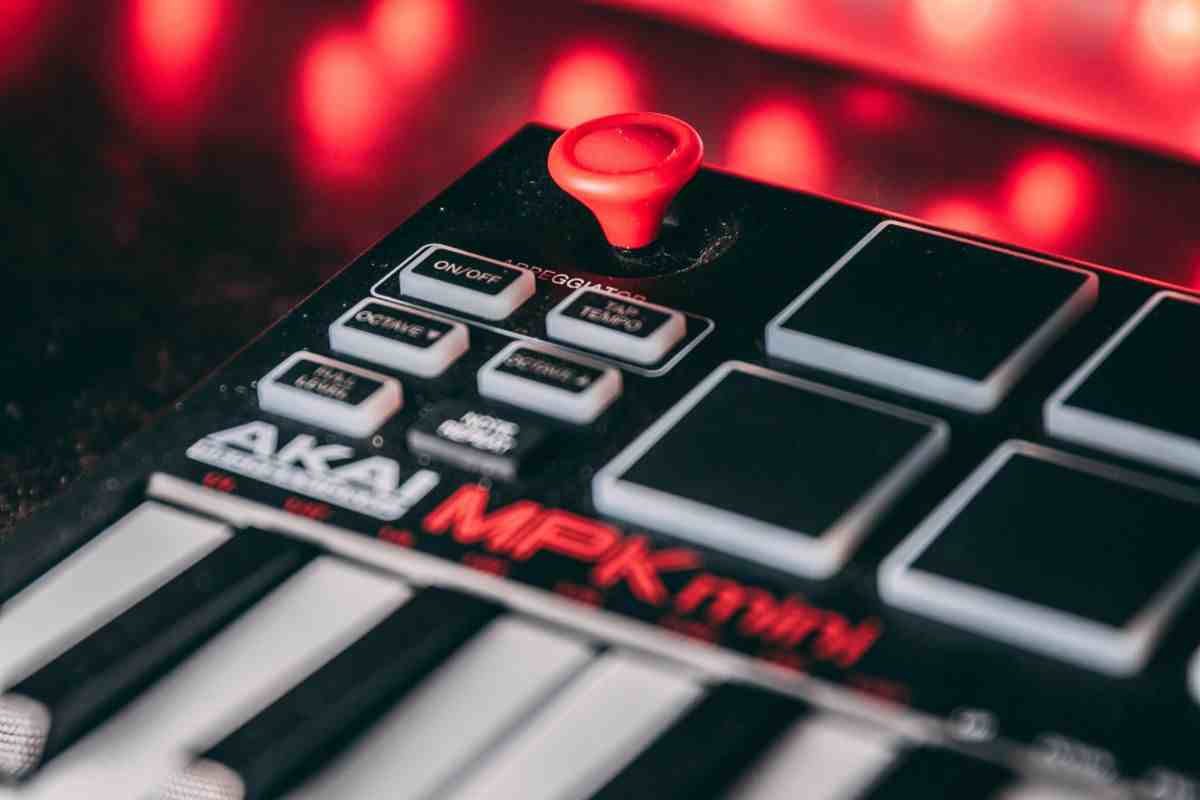
On digital pianos and stage pianos, the transpose control is typically a dedicated button. On MIDI keyboard controllers, it may be a button, knob, slider, or software control. The interval of transposition is usually displayed clearly on a small easy-to-read screen.
[recommended_posts posts=”1046,1083,1151″]
Why Use a Transpose Control?
There are several excellent reasons why transpose controls are useful for keyboard players:
1. Playing in Different Keys
The most obvious fundamental use of transpose is to allow the performer to effortlessly play a song in a different key without having to go through the trouble of learning new fingerings. This is helpful when playing with singers whose vocal range requires a different key, or when wanting to surprise the audience by smoothly modulating to a new key in the middle of a song.
2. Reducing Hand Stretch
By transposing down a few semitones, players with smaller hands can much more comfortably play parts that were originally written with larger hand stretches in mind. This makes very difficult classical piano repertoire more easily accessible to young students.
3. Exploring New Tonalities
Creative players can experiment with how a melody or chord progression sounds in a higher or lower key just by easily adjusting the transpose control instead of having to manually move every single note one by one. Unexpected tonal shifts can lead to interesting new arrangements.
4. Backing Tracks, Samples/Loops
When playing along to backing tracks or drum loops that are fixed in a certain key, transpose allows the player to stay perfectly in sync without needing multiple audio files for every potential key. This saves memory space.
5. Working with Capos
Guitarists using capos can get accurately transposed MIDI backing by setting the transpose control to precisely match the number of semitones the capo raises the pitch. This helps the keyboard seamlessly stay in the same key as the new guitar voicings.
How Transpose Controls Work?
On a technical level, transpose controls work by offsetting the MIDI note numbers sent to external sound modules or software instruments.
For example, hitting the MIDI note number 60 would normally trigger a Middle C tone. But with a transpose setting of +5 semitones selected, the MIDI keyboard would send out note number 65 instead, which the receiving synth would interpret as an F note 5 semitones above Middle C.
Under the hood, this process involves a MIDI processor intercepting the note data as it leaves the keyboard and systematically adding or subtracting an offset number to every note, before passing it along the MIDI cable to the sound source. The resulting transposed note numbers are what gets converted into the final audio output.
Transpose Interval Options
The most common transpose intervals available on MIDI controllers are:
- Semitones – The smallest pitch change possible. Each semitone raise increases the pitch by just under ~6%.
- Octaves – Shift notes up or down by 12 semitones, perfectly doubling or halving the frequency.
- Fifths/Fourths – These perfect intervals transpose all notes up or down by 7 semitones.
- Whole Tone – A whole tone interval is made up of two semitones, so this setting would transpose notes by 2 semitones.
However, some high-end professional digital pianos may allow transposing by any interval in semitones, from 1 to 12. This gives greater flexibility.
| Transpose Interval | Semitones Shifted | Use Case |
|---|---|---|
| Semitones | 1 | Fine-tuning |
| Octaves | 12 | Easy doubling/halving |
| Fifths/Fourths | 7 | Common perfect intervals |
| Whole Tone | 2 | Unique modal sound |
Transpose Controls on Different MIDI Controllers
Now that we understand what transpose controls are and how they work internally at a technical level, let’s look at some of the ways they are implemented in popular types of MIDI keyboards and controllers.
1. Digital Pianos
On home and stage digital pianos like the Roland RD-2000 or Yamaha CP88, there is usually a dedicated Transpose button, often located above the keyboard in the control panel area within easy reach. Pressing this button multiple times cycles through the available transpose values, which are shown on a small display screen nearby. Some models have a split button with separate sharp and flat transpose buttons for additional flexibility.
2. MIDI Keyboard Controllers

Full-size 88-key MIDI keyboard controllers aimed at pianists, like the Native Instruments Komplete Kontrol S88 MK2, tend to have similar transpose controls to digital pianos. There are dedicated illuminated buttons to cycle through a fixed set of transpose intervals.
However, smaller 25, 49, or 61-key MIDI keyboards designed for controlling synths or virtual instruments generally take a different approach. Rather than dedicated buttons, these devices use an encoder knob or up/down buttons to adjust transpose in semitone increments across a wide numeric range. The current transpose amount is shown on a bright OLED, LCD or Char screen.
[recommended_posts posts=”1102,1055,888″]
On MIDI keyboards with displays on each programmable preset, the transpose value is often saved per preset. This allows you to have different transpose amounts on various presets as desired for flexibility.
Some master MIDI keyboard controllers, like the Arturia KeyLab series, have both types of transpose controls – fixed interval buttons for quick convenience access, as well as a numeric knob for fine-tuned detailed tweaking.
3. DAW Software
The other place transpose controls frequently show up is in Digital Audio Workstation (DAW) software such as Ableton Live, Logic Pro, and Pro Tools. Within the MIDI editor view, there is generally a setting to transpose selected MIDI notes up/down by semitones or octaves. This makes editing recorded MIDI data simple and efficient.
Some DAWs also allow inserting a MIDI Transpose plugin as an effect on instrument tracks. This gives real-time control over the transpose amount right within the DAW mixer, rather than needing to touch the MIDI controller itself.
Who Needs Transpose Controls?
After learning about how transpose controls work and the immense flexibility they provide, you might be wondering – who benefits from using them in real-life musical contexts?
Keyboardists Playing Live in Concerts – Keyboard players in bands need to seamlessly adapt to last-minute changes in setlists and impromptu vocalist key change requests. Having quick access to transpose controls helps accommodate spontaneous modulations smoothly.
Piano Students – Beginner and intermediate piano students playing simplified arrangements can use transpose to shift parts to easier keys until their hand size and skill level improve enough over time to play the originally published keys eventually. The Transpose Controls make things easier for students.

Composers – Music creators working extensively in MIDI often try out melodic or harmonic ideas in multiple keys while writing. Experimenting fluidly with transposition sparks inspiration and even a different element in the piece of music.
Orchestrators – When tirelessly arranging large ensemble scores, transposition is handy for setting appropriate octaves for each instrument. Instant octave shifts facilitate reworking parts.
Synth Performers – For electronic musicians playing hardware and software synthesizers, transpose opens up options for modulating entire patches to new keys rather than just single oscillators.
Final Words
In summary, transpose controls give keyboardists, composers, and producers a simple way to shift the keys they are playing without altering their fundamental technique. This unlocks tremendous musical flexibility and enables quick adaptation to last-minute changes in live and studio contexts.
All MIDI keyboard controllers have some means of transposing notes, whether dedicated buttons, knobs, or DAW integration. The implementation details differ depending on the device type and intended playing application. But universally, harnessing transpose controls saves significant time and effort compared to manually rewriting melodies and chords note-by-note.
So while often overlooked, every keyboardist should take time to fully understand how transpose functions on their instruments. Adding this incredibly useful musical tool to your skill set will enable you to respond fluidly in dynamic real-world situations.

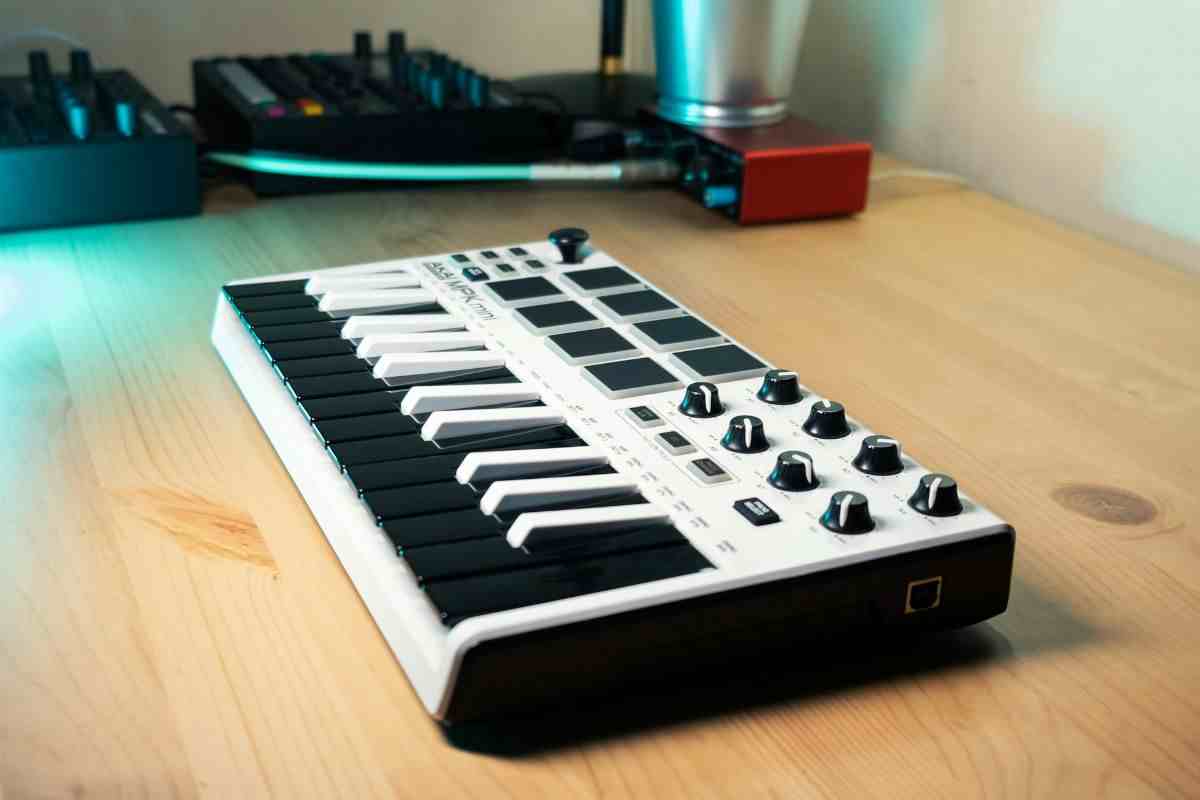

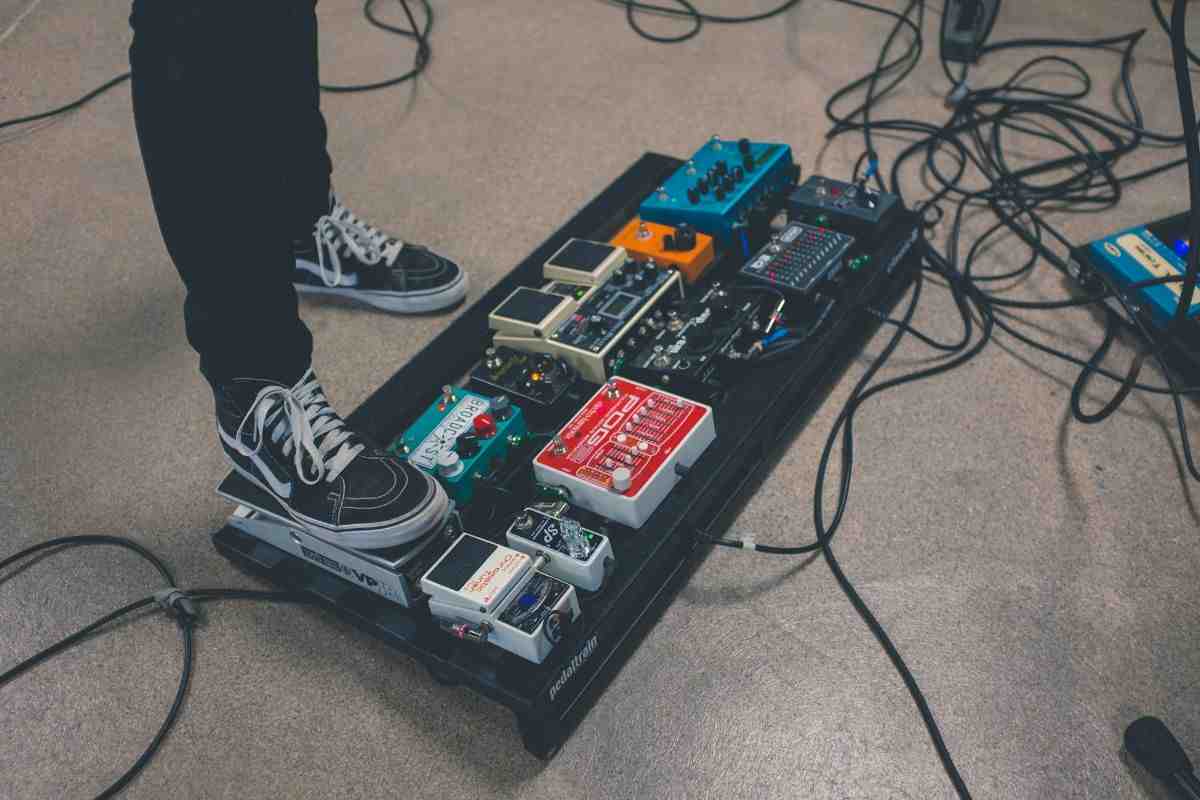

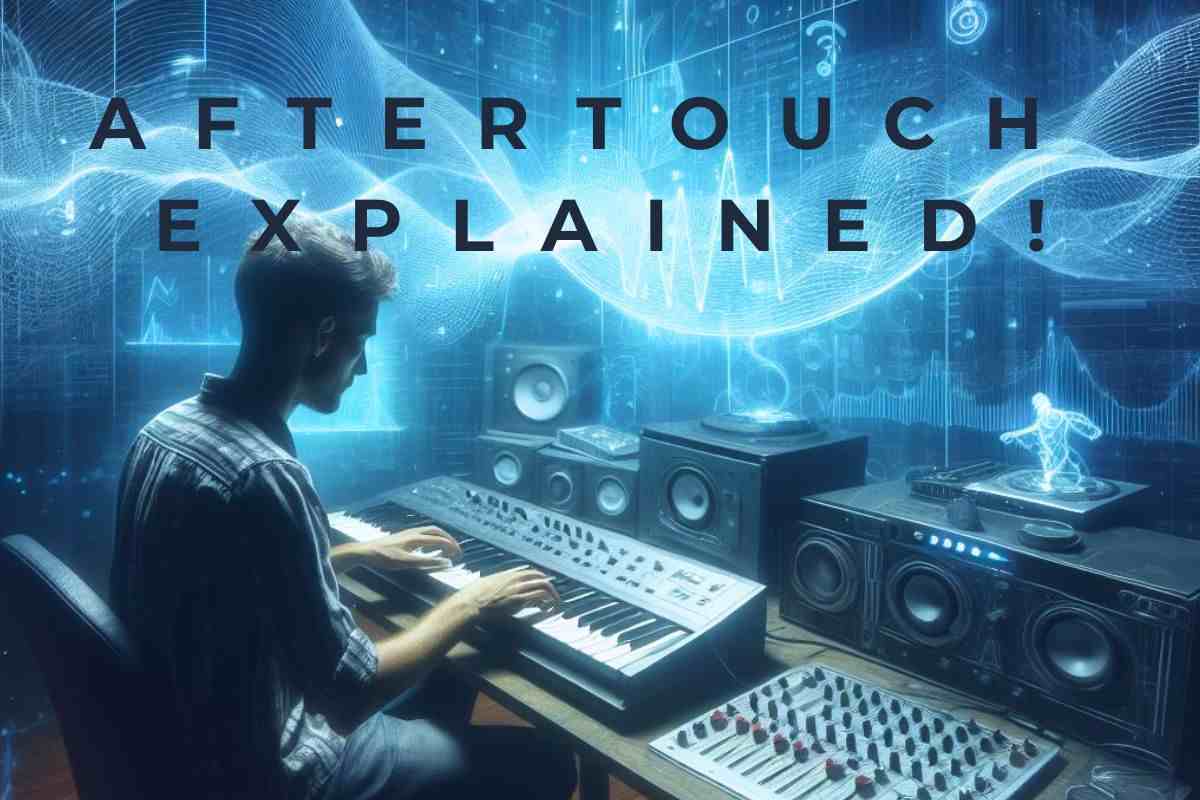
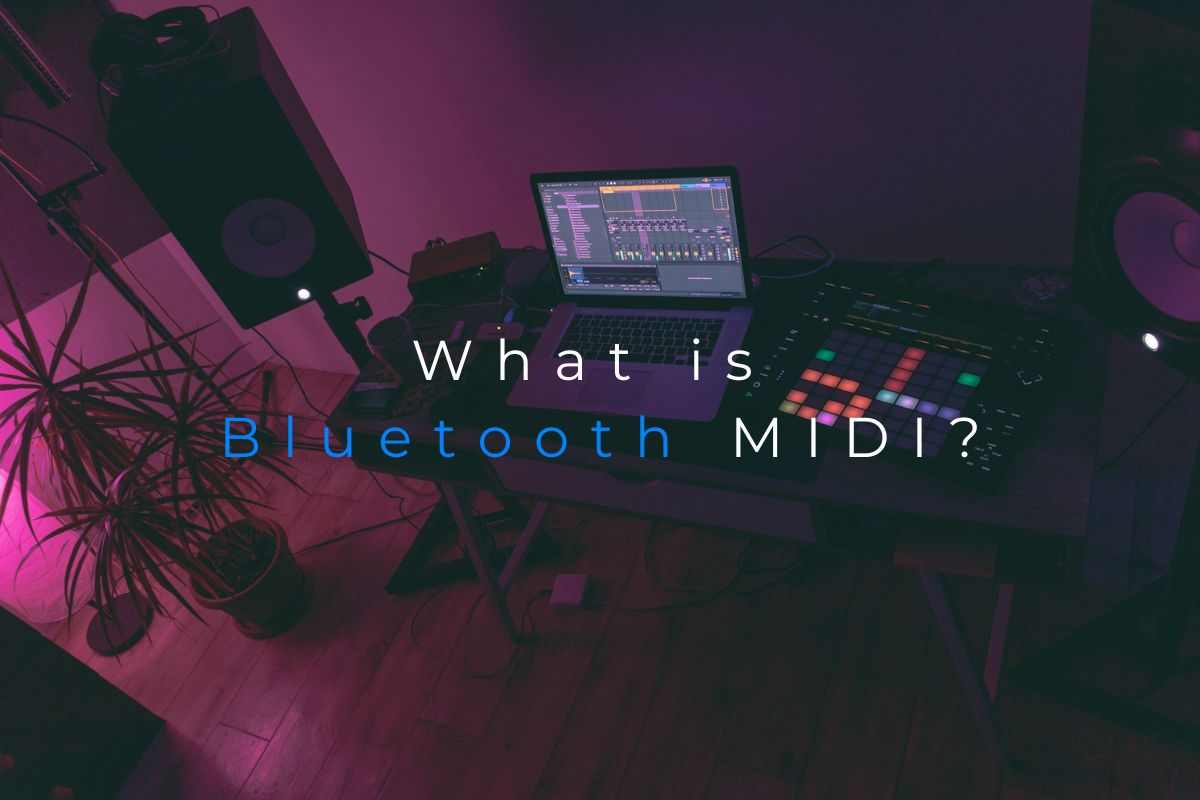







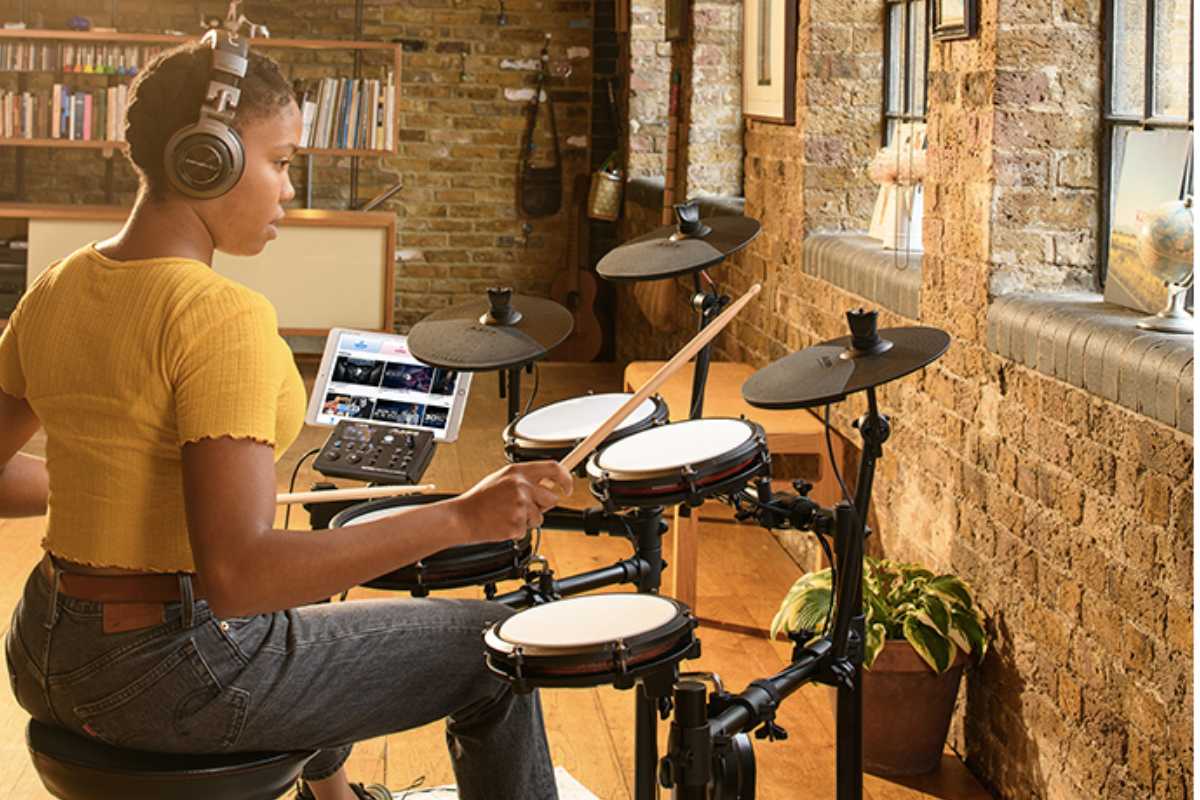

Comments 1